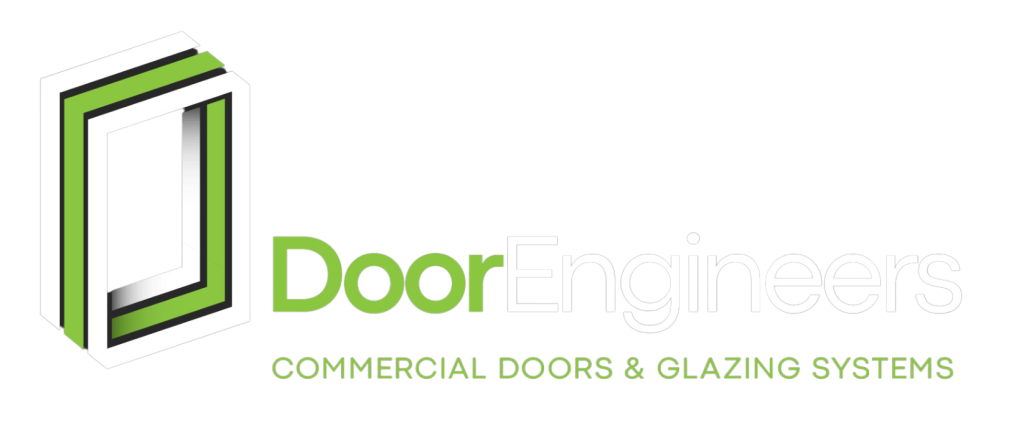Check why adopt planned preventive maintenance (PPM) on your doors.
Doors are one of the flagship features of any functional building, serving as entrance and security barriers. Even the overall aesthetic appeal in residential as well as commercial buildings heavily depends on doors. Like others, doors can become quite faulty, leading to security risks, inconvenience, and increased repair costs.
Planned Preventive Maintenance (PPM) is a proactive approach to avoid unexpected breakdowns. And it directly prolongs the lifespan of your doors. This article dives into the benefits of PPM for doors, the key maintenance activities involved, and how businesses/homeowners can employ effective maintenance.
What is Planned Preventive Maintenance (PPM)?
It’s a well-scheduled maintenance strategy with routine inspections, servicing, and repairs to block or plunge potential failures. Traditional reactive maintenance deals with problems after they occur. However, PPM identifies and addresses the associated issues early, reducing the chances of sudden structural shortcomings.
Benefits of Adopting PPM for Doors
01. Enhanced Security
Faulty doors feel more like heavenly entrance points for burglars and intruders. Regular maintenance keeps every lock, hinge, and frame intact in optimal condition. It also prohibits security breaches due to misalignment or weakened structures.
02. Increased Door Longevity
Routine maintenance reduces wear and tear, extending the lifespan of doors. It further ensures proper lubrication of hinges and rollers, blocking rust and stiffness. You can comfortably identify and even fix minor damages before they escalate into major problems.
03. Cost Savings
Emergency repairs are often costly and significantly disruptive. PPM minimizes the risk of expensive breakdowns by addressing minor issues early. It also reduces the need for frequent door replacements by ensuring long-term durability.
04. Improved Safety
You can prevent accidents caused by malfunctioning automatic doors or heavy doors falling off hinges. It also enables smooth operation, reducing the risk of injuries due to sudden door failures. PPM even helps comply with safety regulations, especially in commercial buildings.
05. Energy Efficiency
Well-maintained doors help maintain indoor temperatures and reduce energy consumption. Seals, as well as weather stripping, prohibit air leaks, contributing to lower heating and cooling costs. Also, almost zero drafts keep indoor spaces comfortable.
06. Enhanced Aesthetic Appeal
Regular cleaning and minor repairs keep doors looking new and professional. No more issues of peeling paint, rust, and dents that affect the overall look of a property. PPM maintains a welcoming appearance for commercial spaces, enhancing customer perception.
Key Maintenance Activities in PPM for Doors
a) Regular Inspection
Check for loose or damaged hinges, handles, and locks. Inspect for potential signs of wear (cracks, rust, or swelling) in wooden doors. Test the smoothness of sliding operation on automatic doors.
b) Lubrication of Moving Parts
Apply lubricants to hinges, rollers, and tracks to avoid squeaking and stiffness. Use weather-appropriate lubricants to maintain functionality in different conditions.
c) Tightening and Adjustments
Check whether screws and bolts are secured against misalignment. Adjust door closers and automatic mechanisms for smooth operation. Fix any loose handles or knobs to prevent future failures.
d) Cleaning and Coating
Regularly clean doors with appropriate materials based on material type (wood, metal, glass). Consider applying protective coatings or sealants against rust, moisture damage, or UV degradation.
e) Weatherproofing and Sealing
Check and replace worn-out weather strips as soon as possible to improve insulation. Leave no gaps between the door and frame to prevent air leaks.
f) Testing Automatic and Fire Doors
Confirm whether sensors and controls on automatic doors function correctly. Test emergency exit and fire doors for compliance with safety regulations. Inspect fire-rated doors to ensure intact integrity.
Implementing a PPM Schedule for Doors
A well-laid PPM (Planned Preventive Maintenance) schedule depends on several factors (door type, usage frequency, environmental conditions). You can easily set up an effective maintenance plan by –
i. Determine Maintenance Frequency
- High-Traffic Doors(commercial buildings, malls) – They require monthly or quarterly checks.
- Medium-Traffic Doors (entrances, complexes) – They do well with bi-annual maintenance.
- Low-Traffic Doors (standard residential homes) – Annual inspections seem quite enough.
ii. Create a Checklist
List specific maintenance tasks for each door type. Also, include deadlines and responsible personnel for each task. Keep records of past maintenance work for reference.
iii. Hire Professionals for Complex Tasks
Some maintenance activities (automatic door calibration or fire door inspections) require professional expertise. Appoint certified technicians for specialized door systems to ensure safety standards.
Employing Planned Preventive Maintenance (PPM) may seem like a long shot, especially for doors. Still, it’s indeed a smart decision to keep up with overall security, longevity, cost-efficiency, and accessibility. PPM for doors is about regular inspections, lubrication, adjustments, and weatherproofing.
They also directly contribute to the efficient performance of doors by preventing costly emergencies. Whether residential or commercial, implementing a well-structured PPM can help you keep all the doors pristine for years to come.
Contact Door Engineers who offer automatic door installation in Birmingham for more information.

Editorial Staff’s at Door Engineers have vast knowledge on commercial doors.


